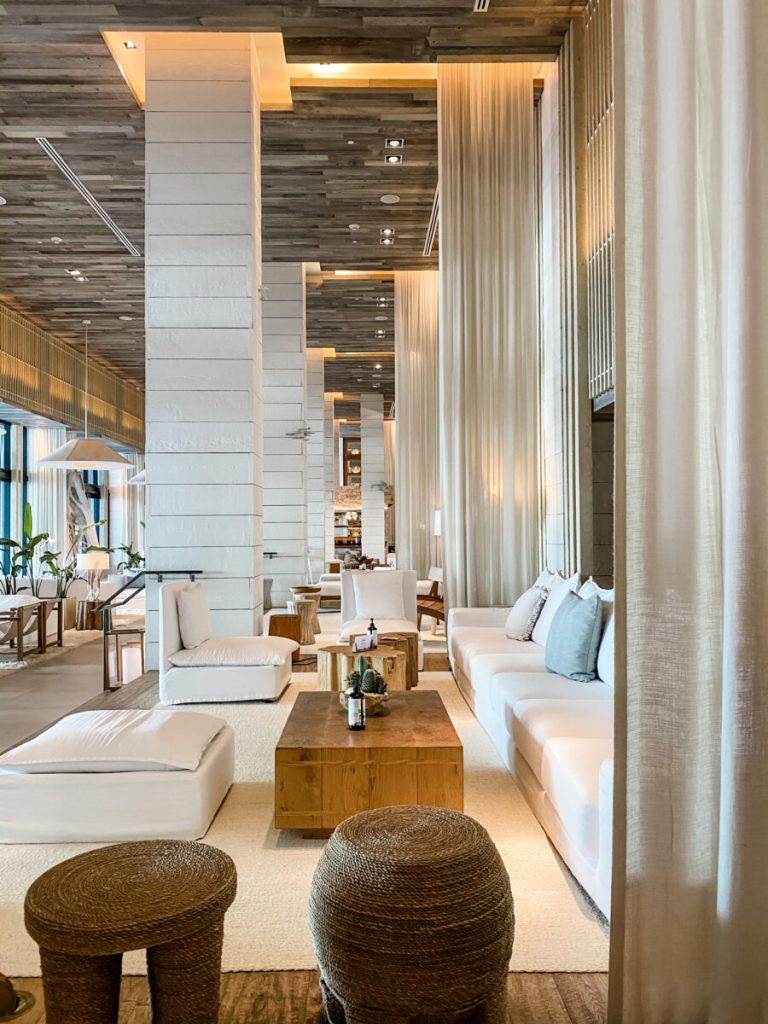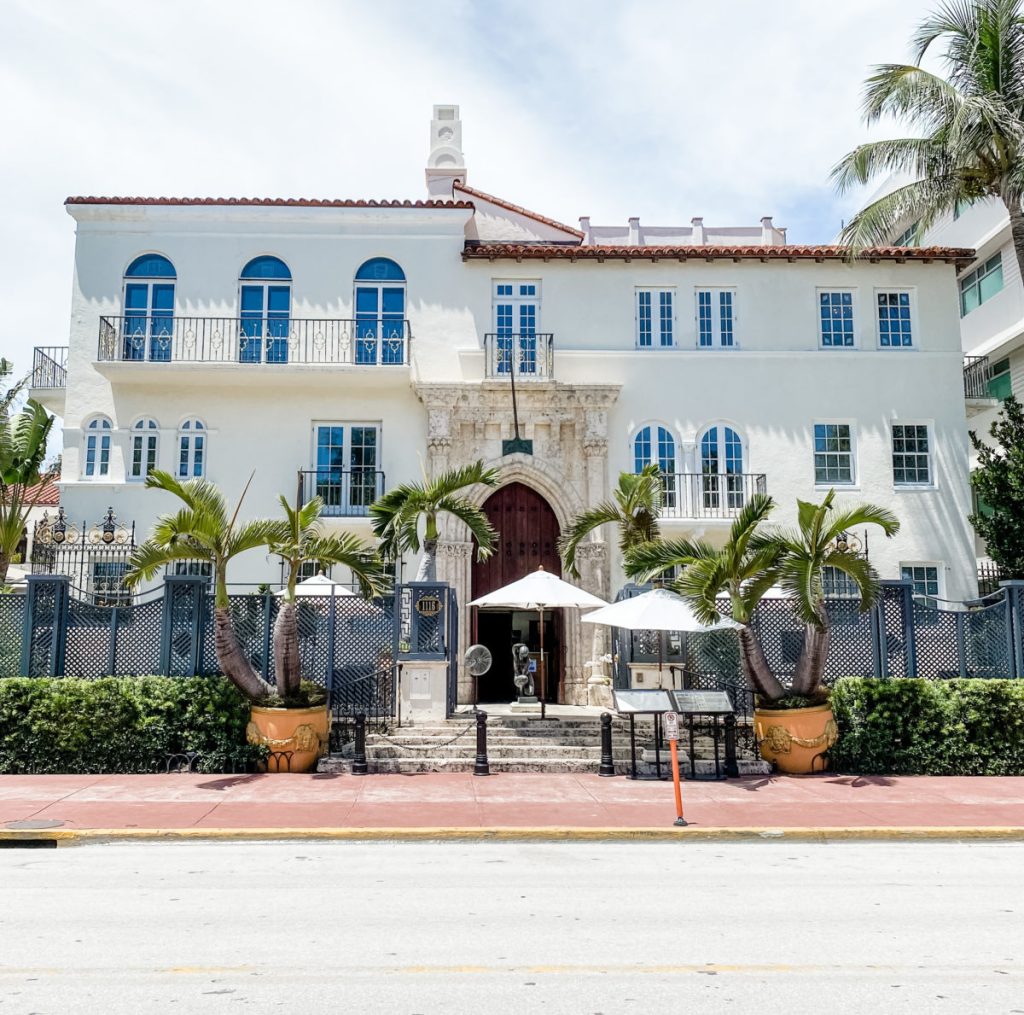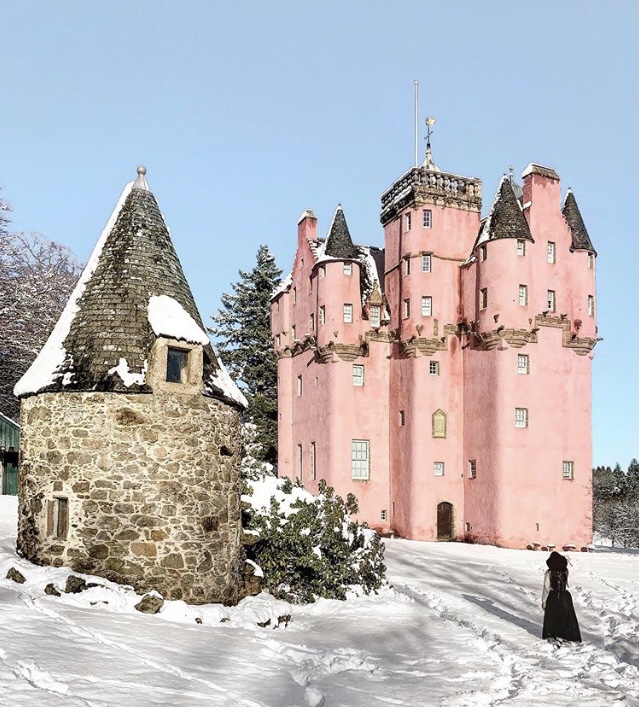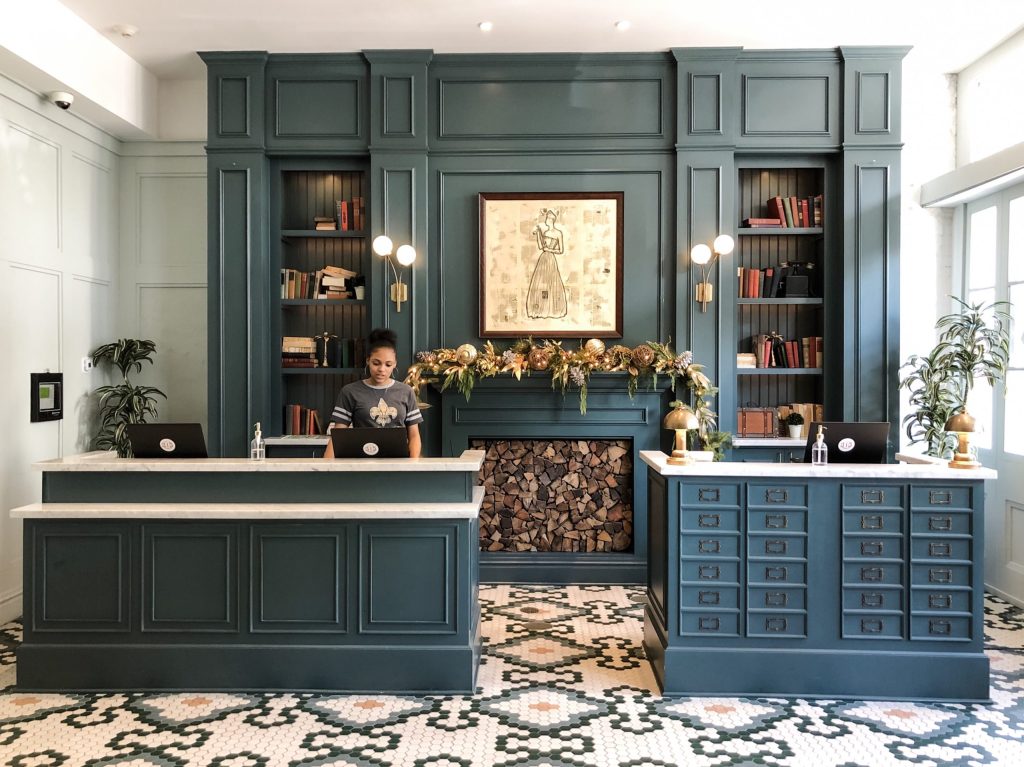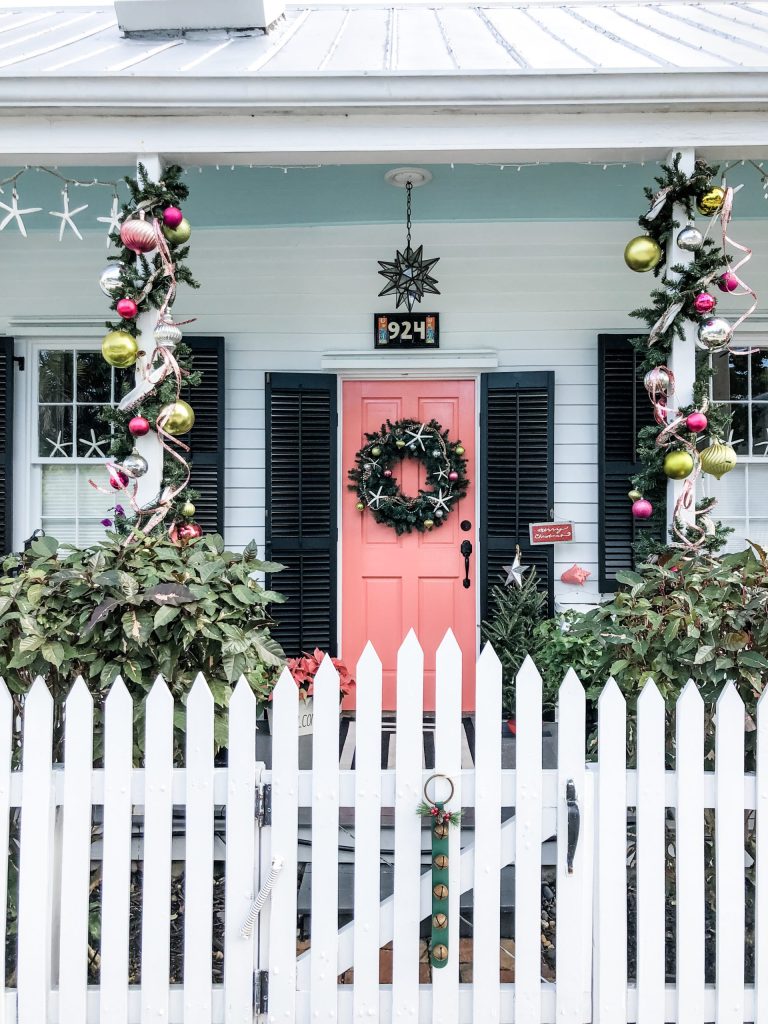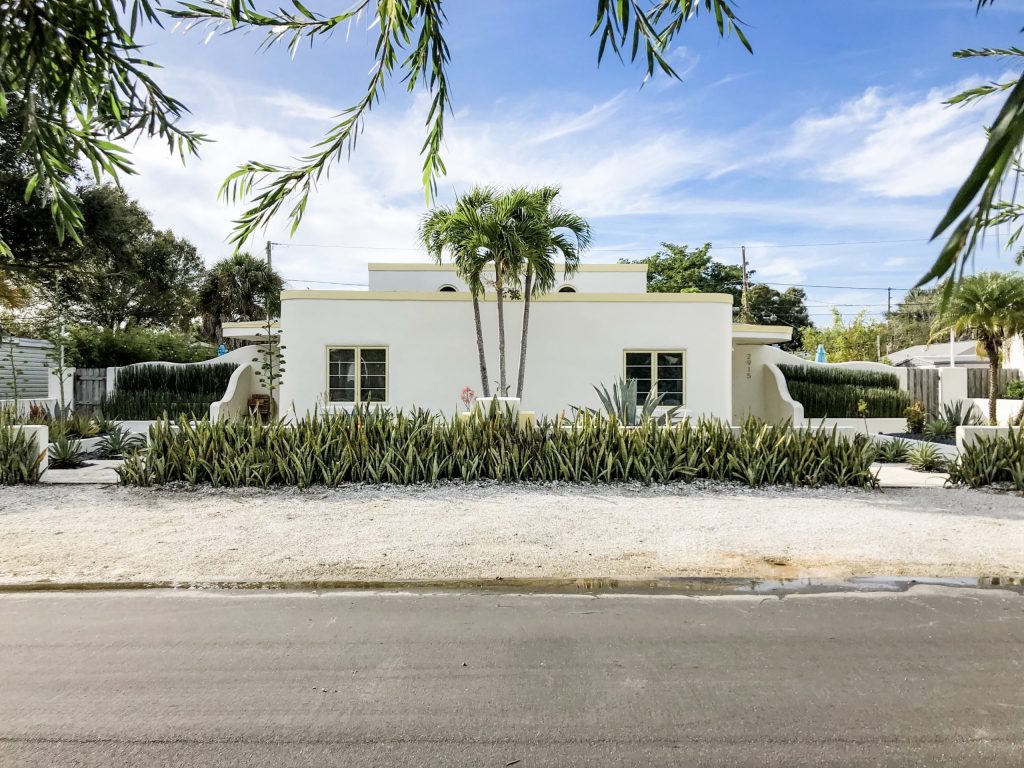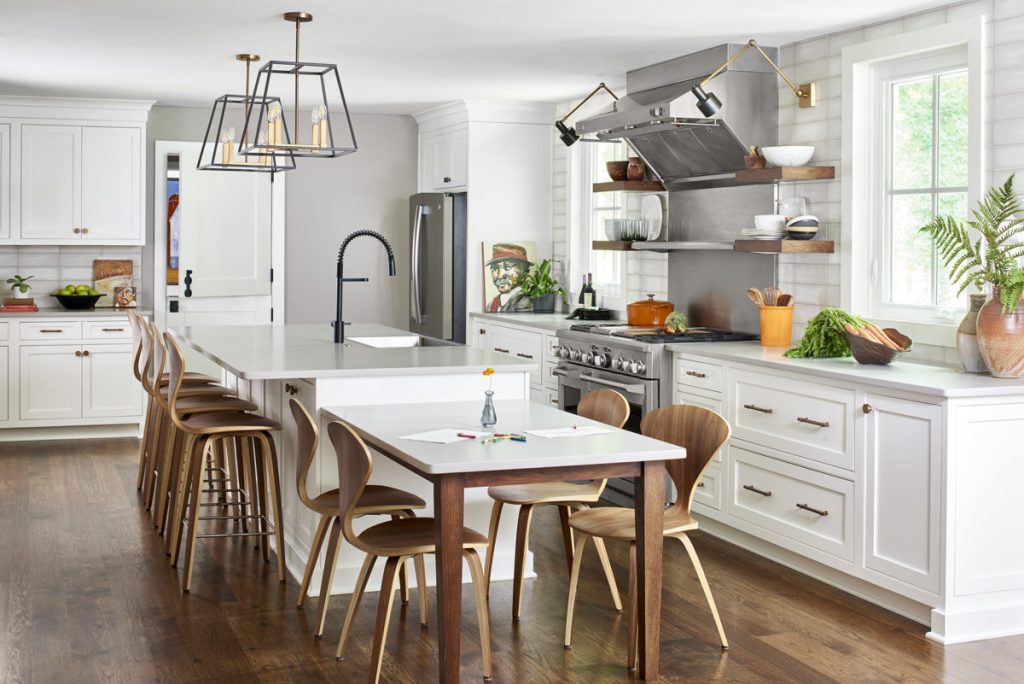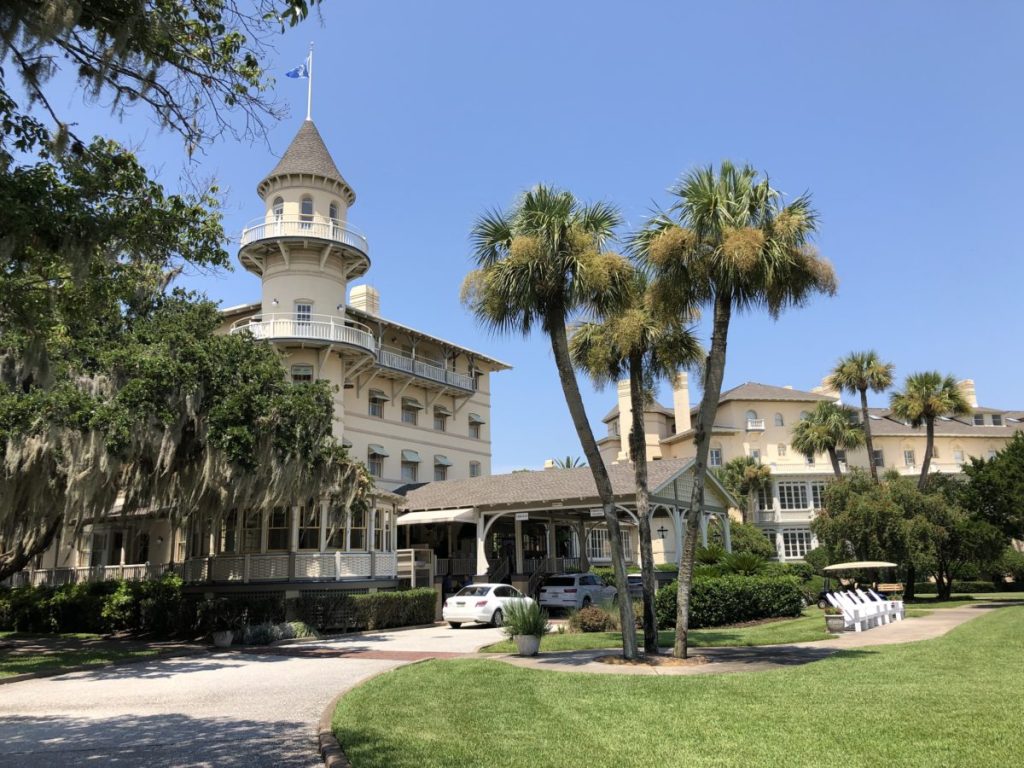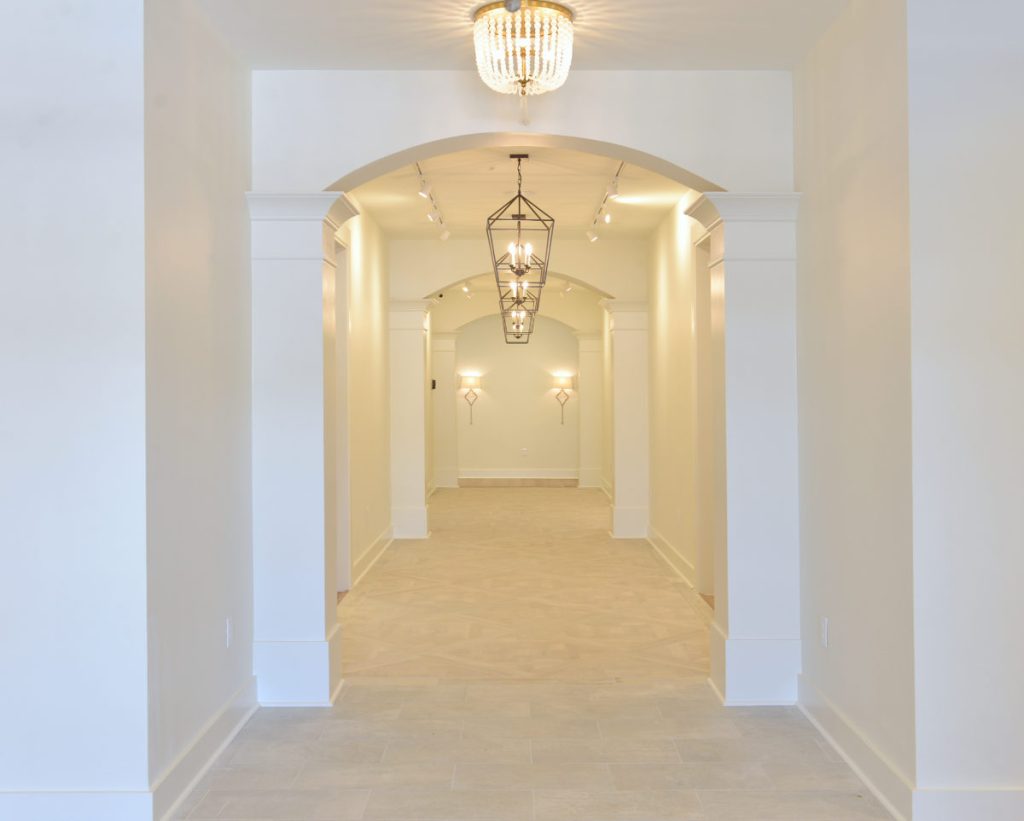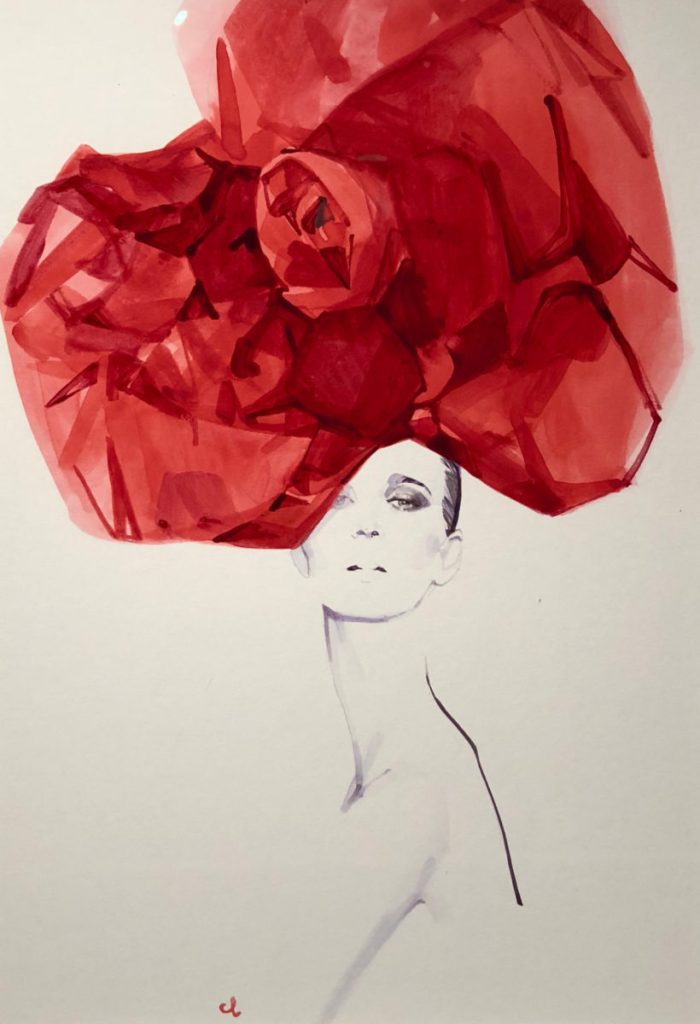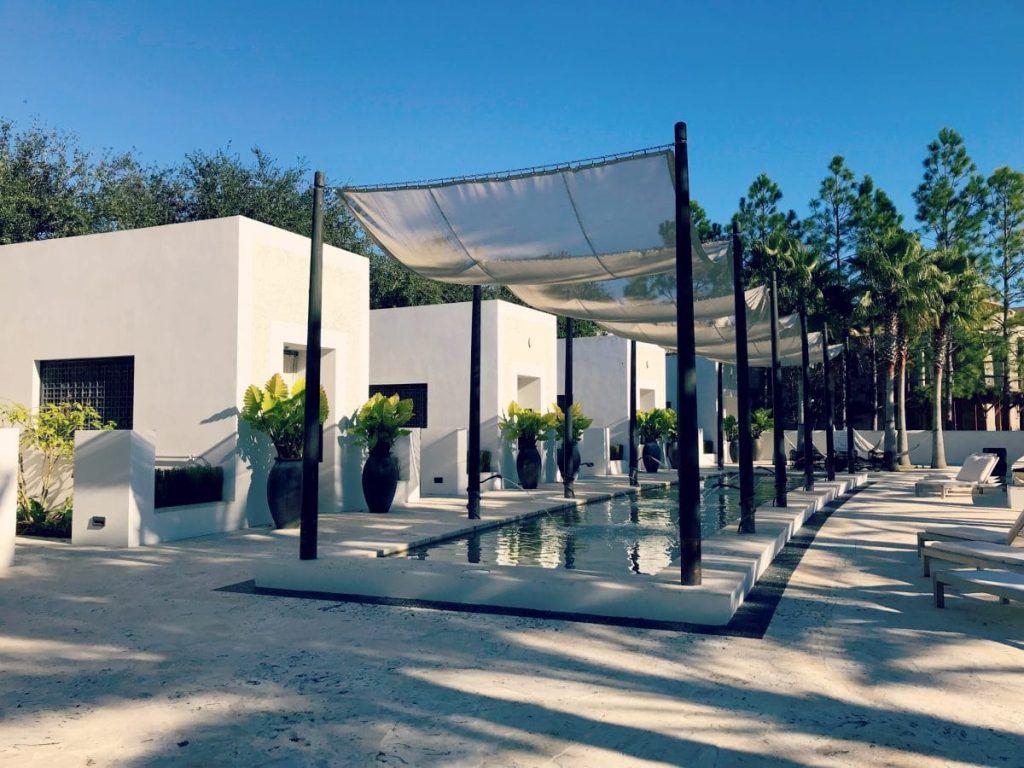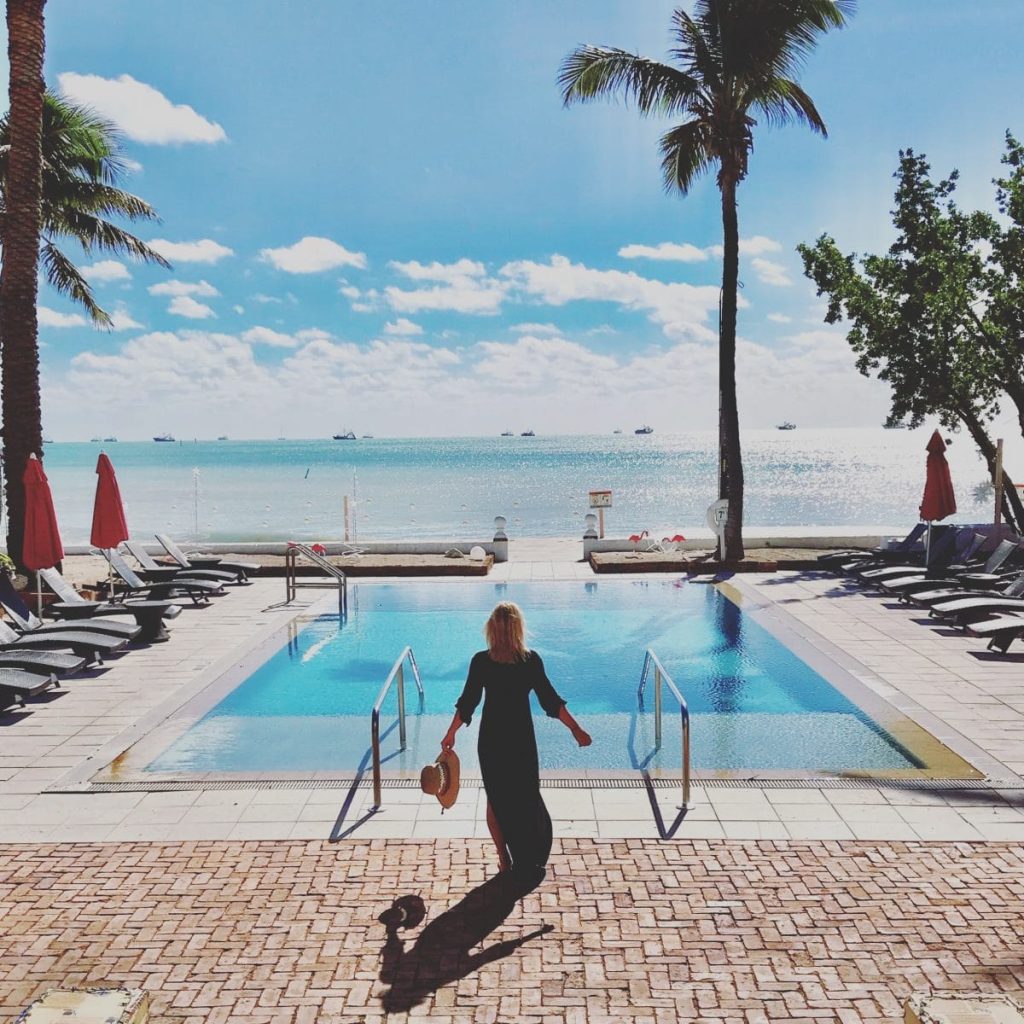1 Hotel Miami Beach
Fernweh, Interiors
Material Matters I have been wanting to share the interior of this hotel since we returned last month. If you were to ask me what my style is, this would be it. I'm becoming more and more minimal as I age and have decided I need less and less around me to make me happy. I always enjoy it when people go to my website and see the projects I have worked on and say, "I see you really like color." For me, that means I'm doing my job. My projects are a reflection of my client's homes and businesses, design aesthetics, tastes, styles, colors, products, and demographic we are trying to capture. Not mine. Working with clients gives me the opportunity to explore a variety of design aesthetics, color and styles different from my own personal tastes. I like to say," I love coloring with all the crayons in the box, but I ...
Read More 